HRM4002: Exploring Motivation and Effective Leadership Styles
VerifiedAdded on 2023/06/15
|14
|974
|405
Essay
AI Summary
This essay discusses the importance of motivation and effective leadership in organizations. It highlights five effective leadership styles: participative, achievement-oriented, directive, transformational, and transactional leadership. Each style is explained in detail, emphasizing its impact on employee motivation, team morale, and overall organizational development. The essay concludes that these leadership styles can significantly contribute to the organization's success by enhancing employee engagement and productivity. The document is available on Desklib, a platform offering a wide range of study resources for students.
1 out of 14


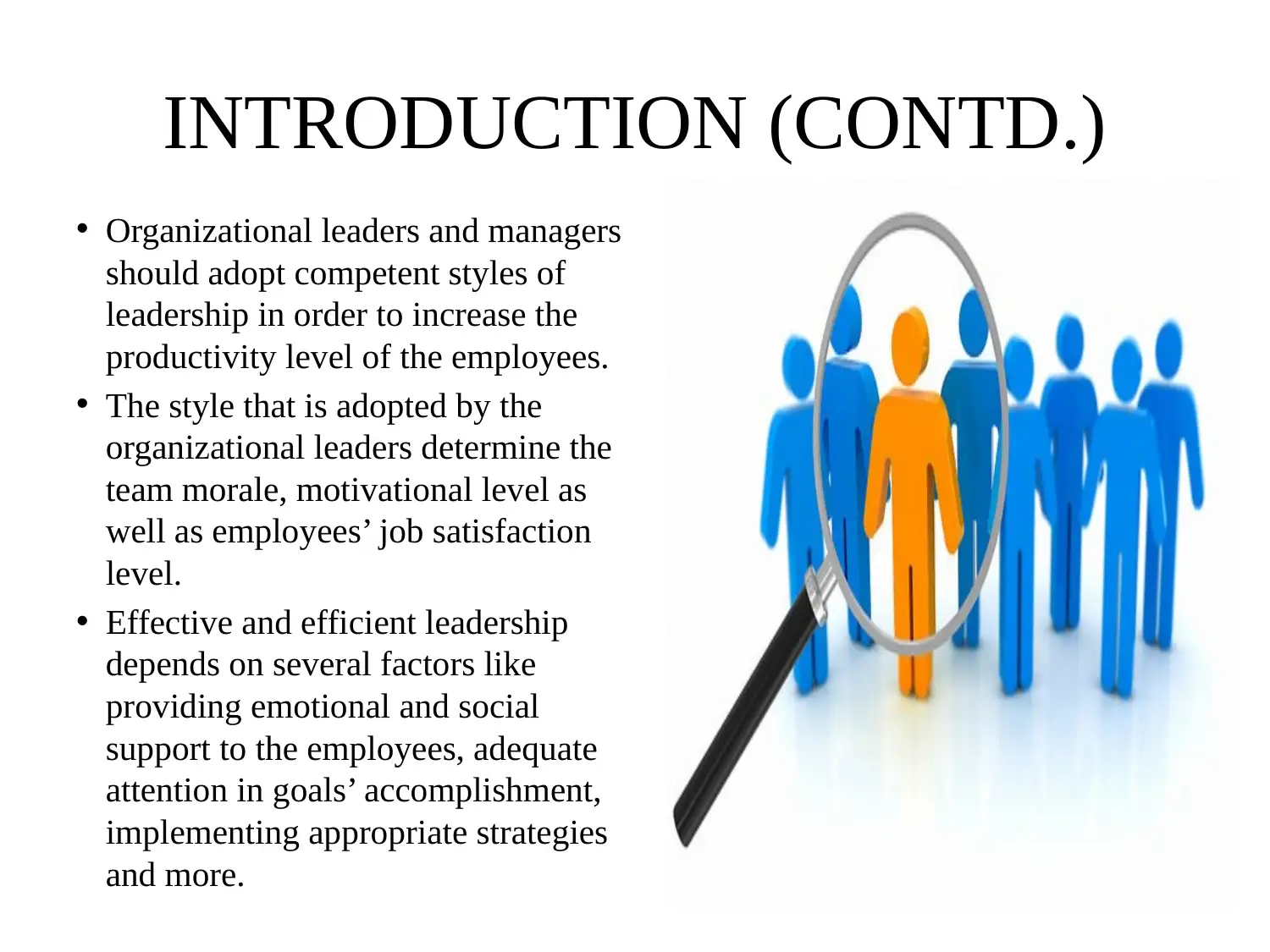
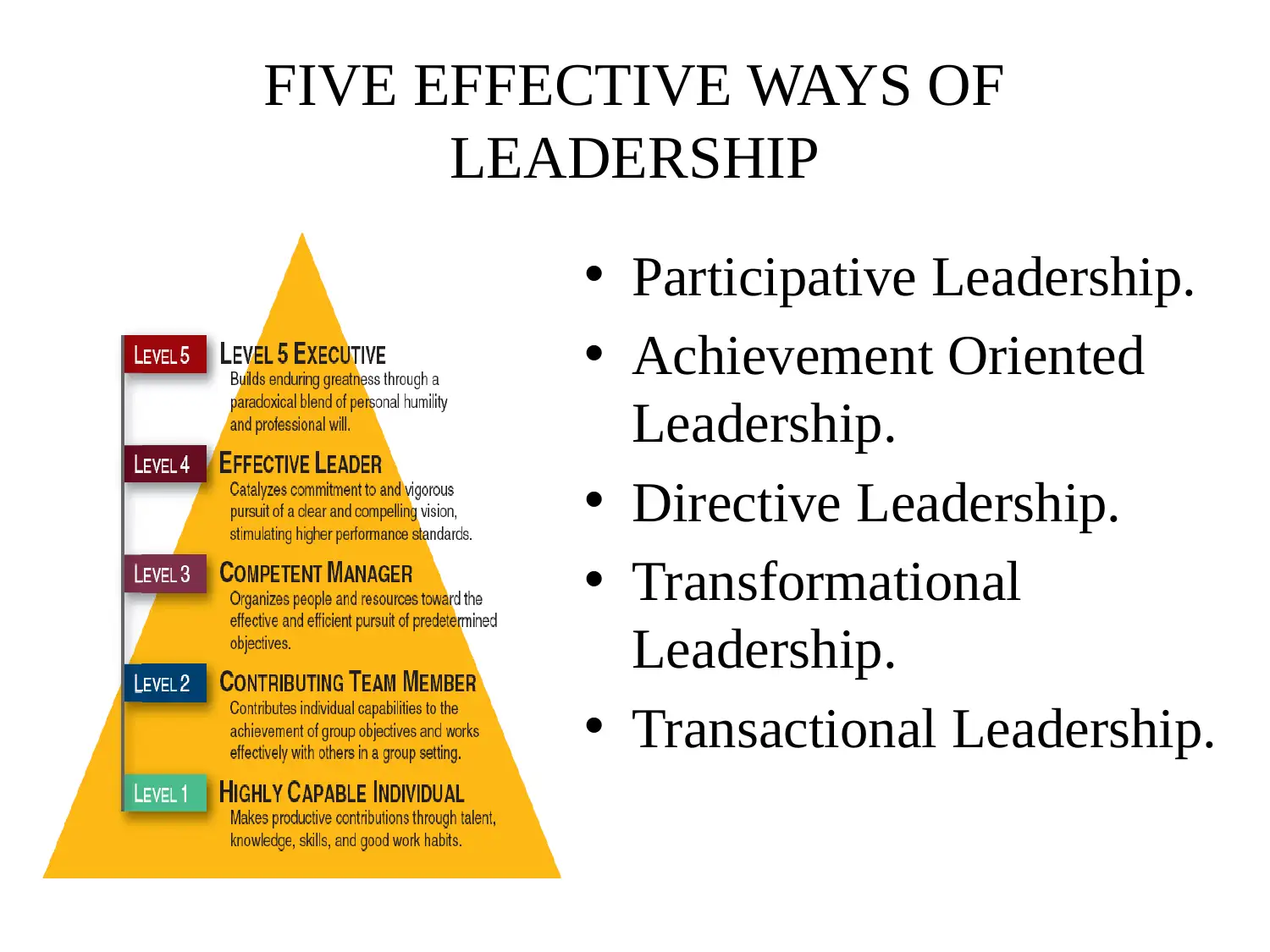

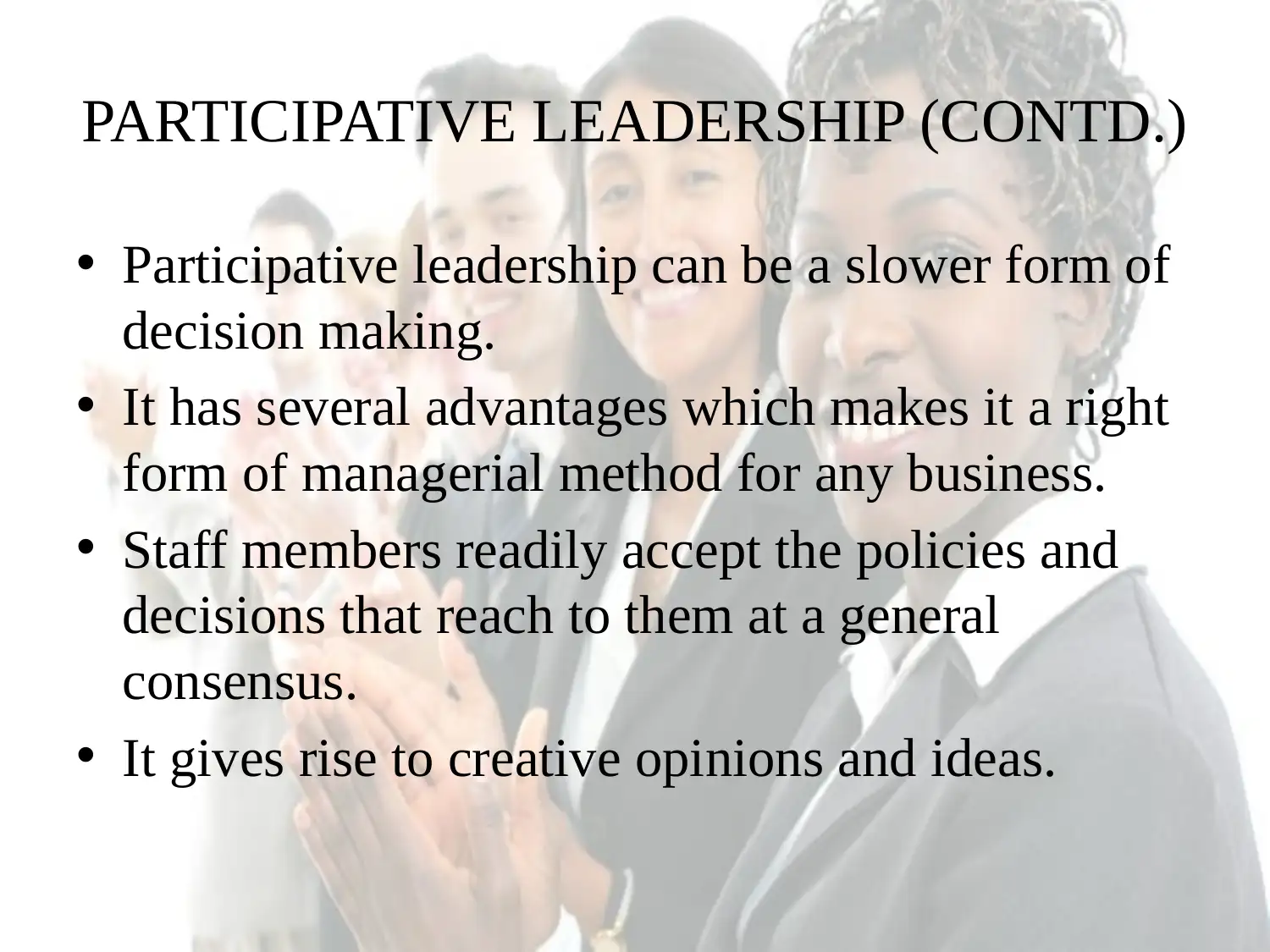
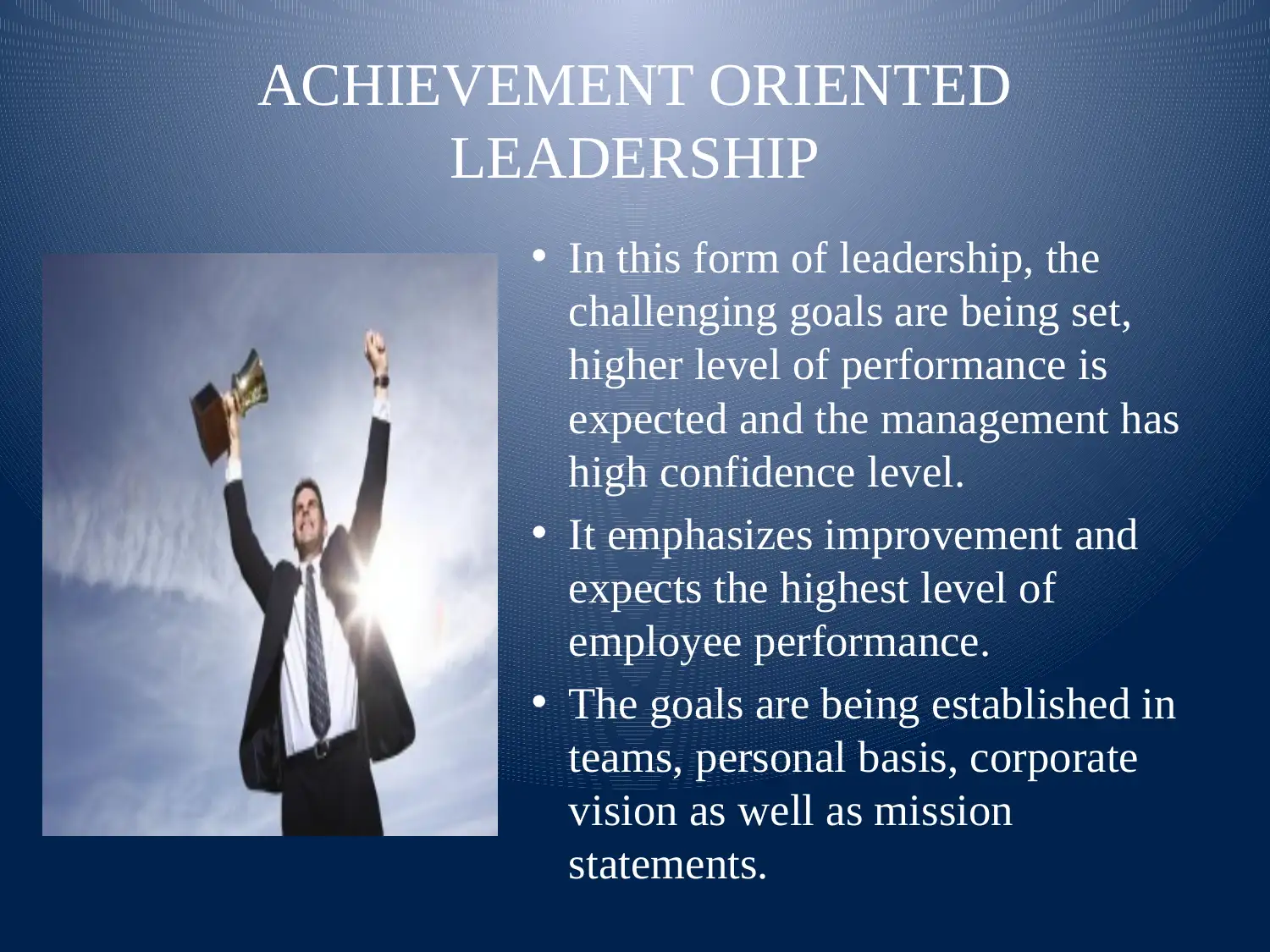
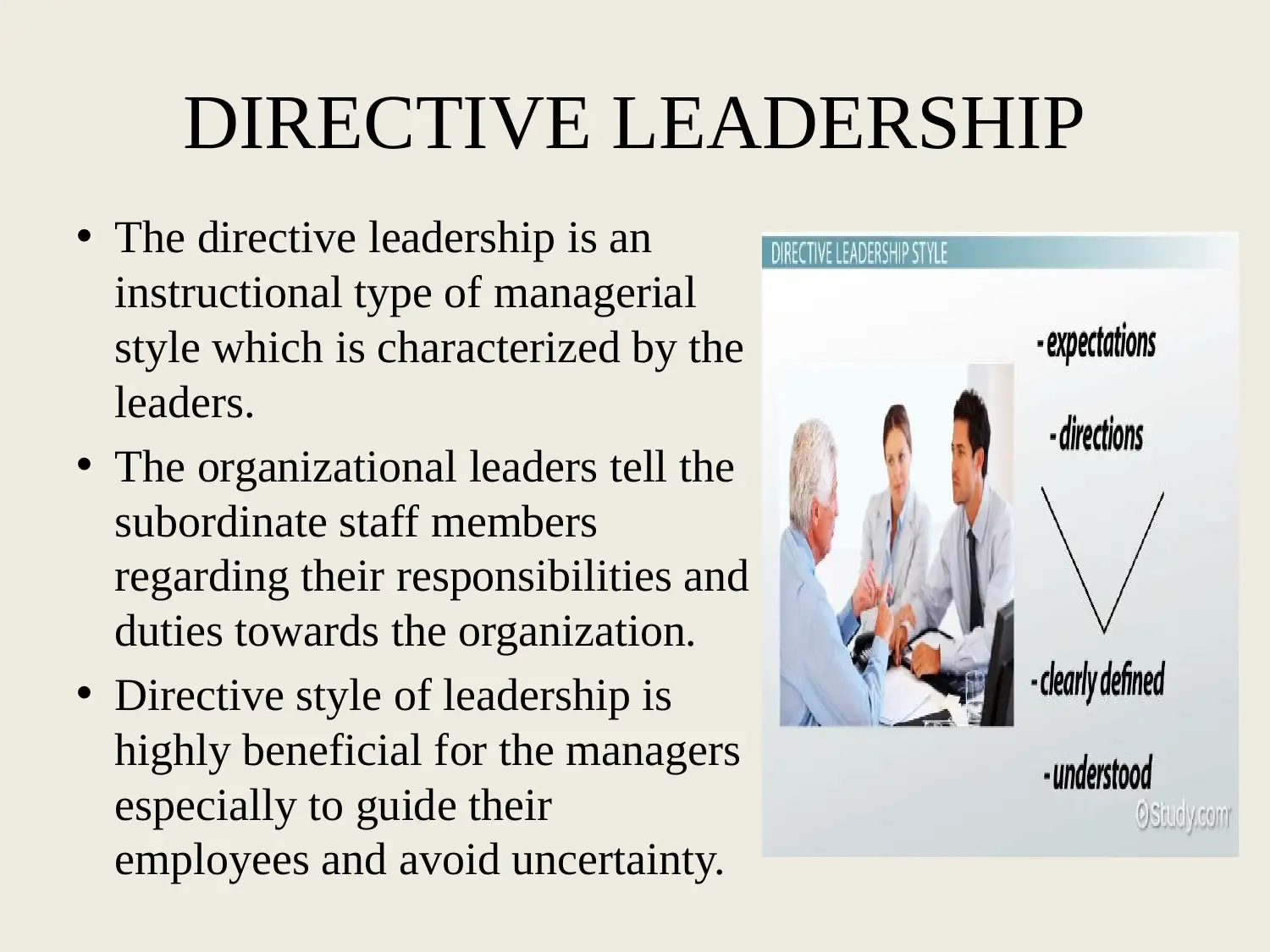
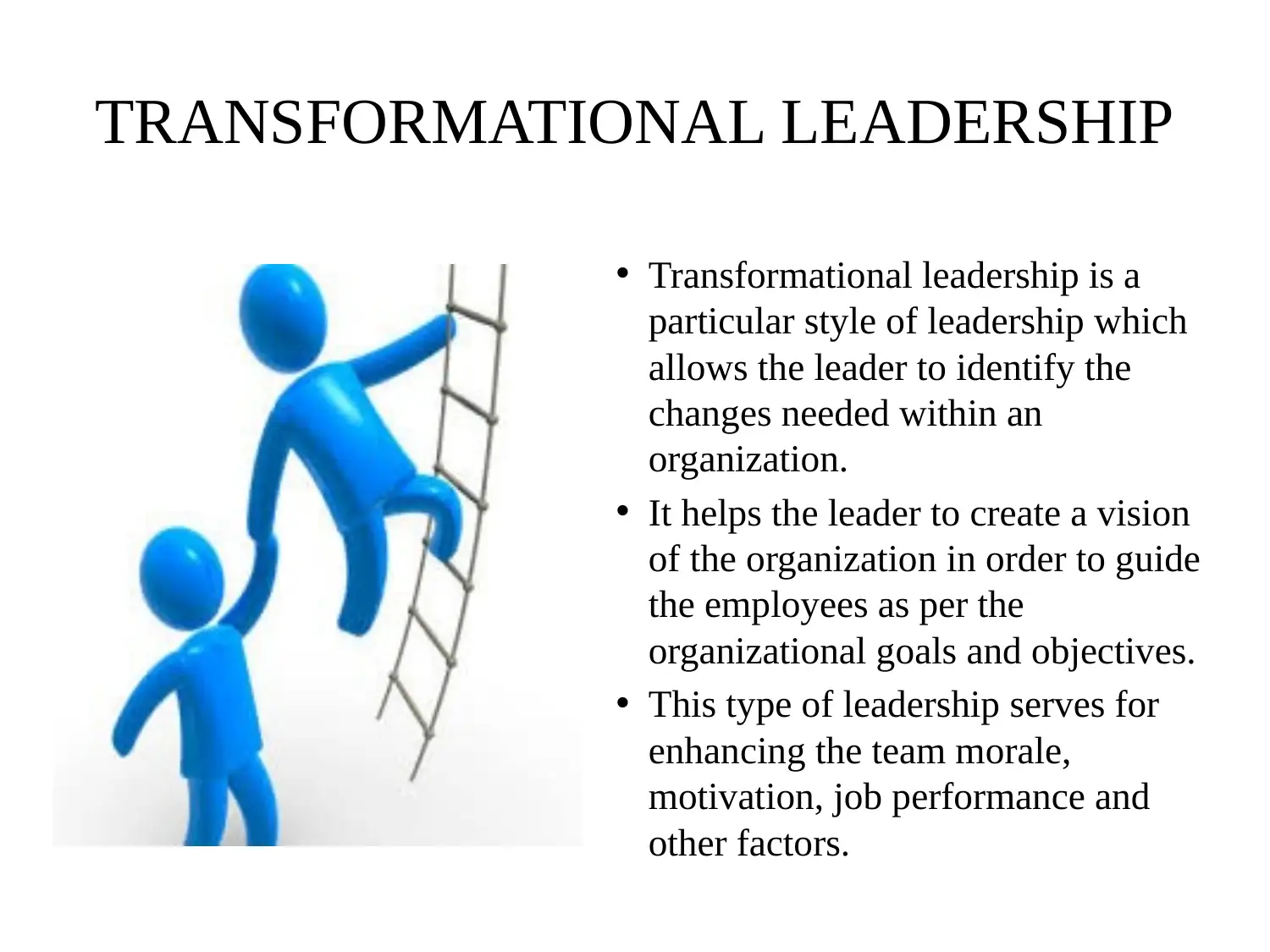
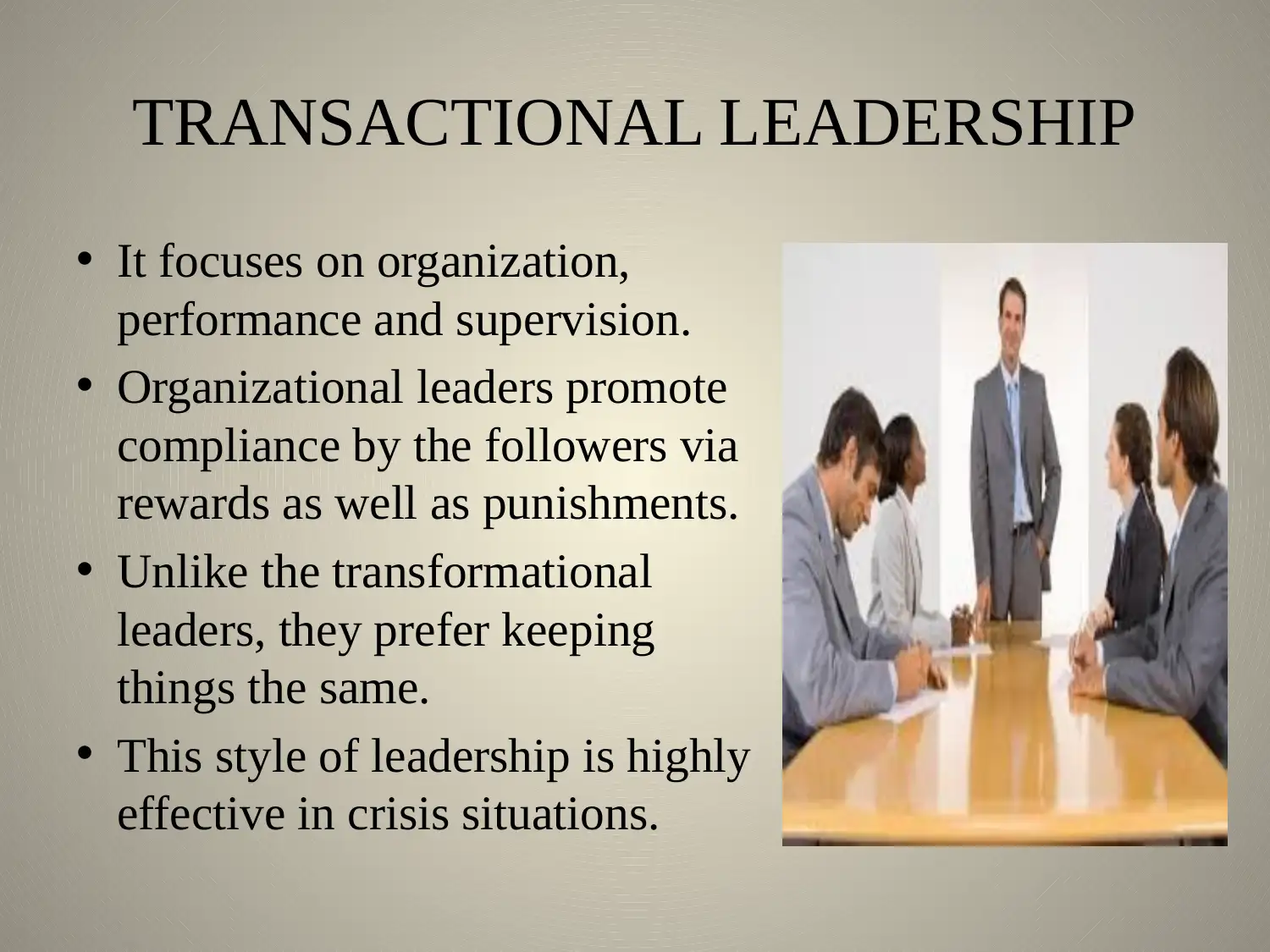

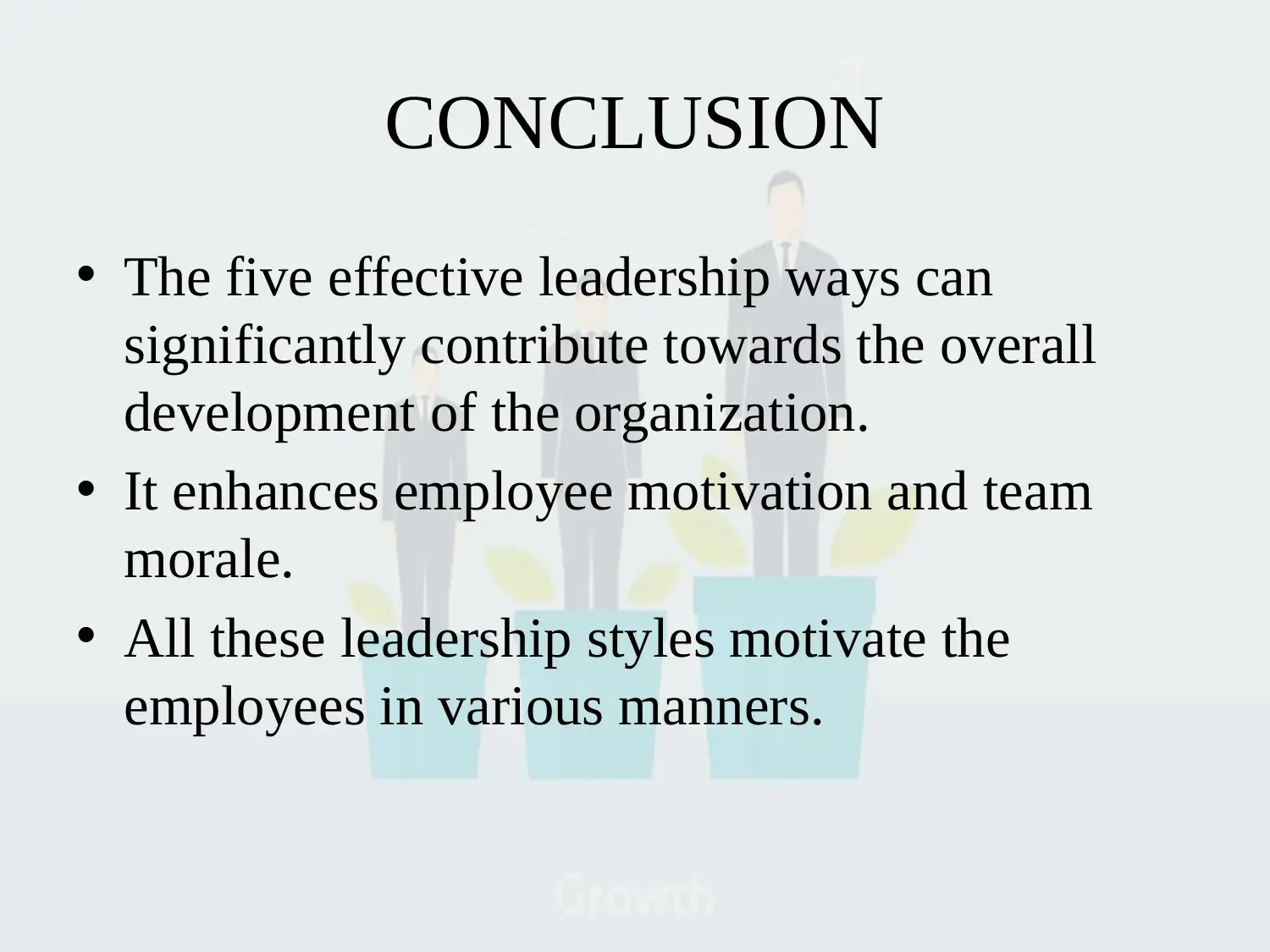







![[object Object]](/_next/static/media/star-bottom.7253800d.svg)